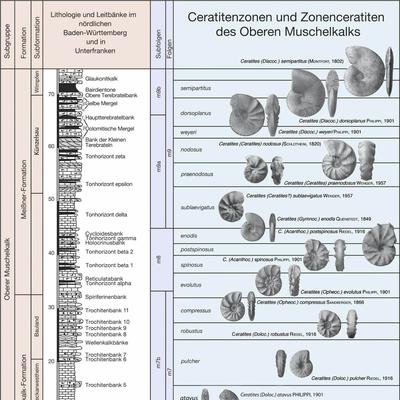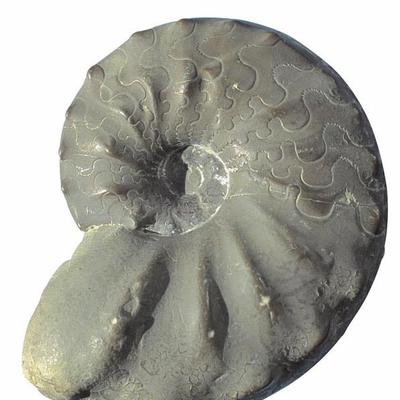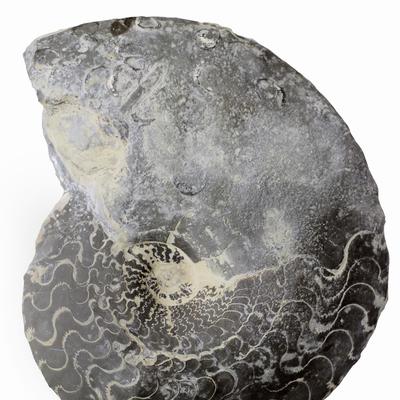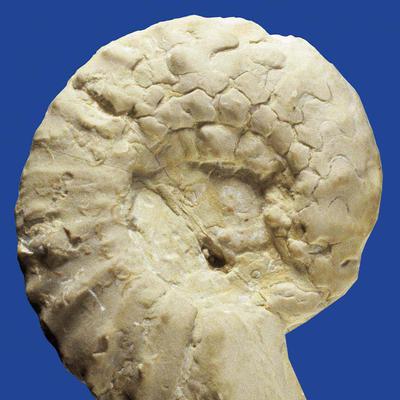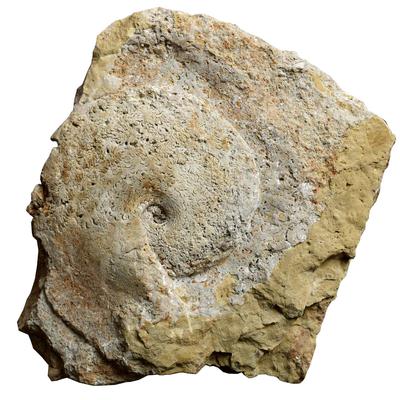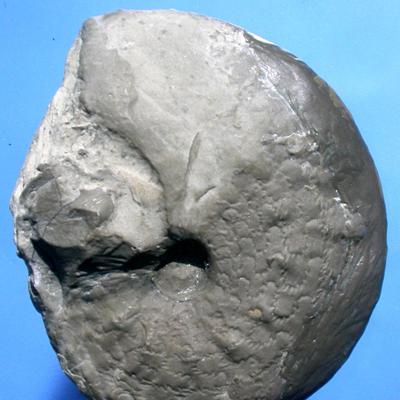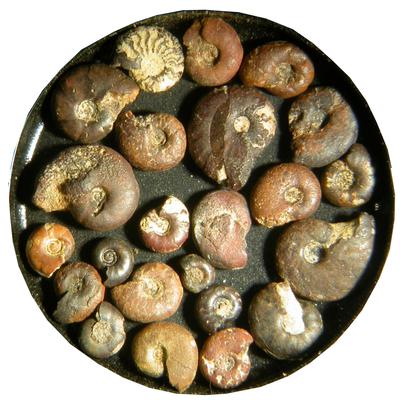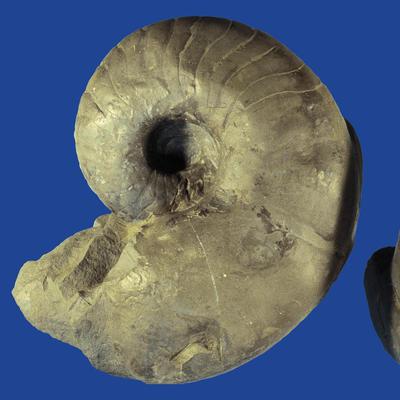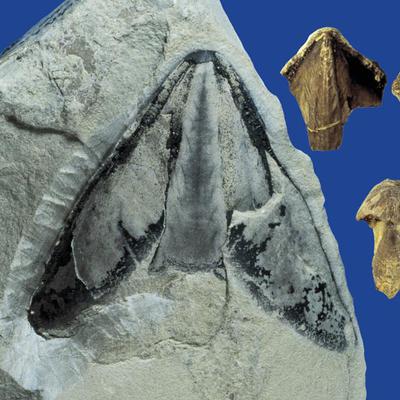Ceratites are certainly the most common Muschelkalk fossils. The cephalopod order Ceratidida comprises the typical Triassic ammonoids with the simple sinuous suture line. During Triassic times, ammonoids reached their maximum diversity. However, only a few genera immigrated into the Muschelkalk sea, but only Ceratites persisted. Generally, cephalopods are rare in the Lower Muschelkalk, but they belong to the same genera that occur in the Tethys. Among these are Beneckeia, Balatonites, and Discoptychites, which are useful index fossils for the correlation of the Lower Muschelkalk with Tethyan rocks. Coincident with the transgression of the Upper Muschelkalk, small Paraceratites immigrated from the Tethys shelf areas and gave rise to an almost uninterrupted, but endemic evolutionary lineage through approx. 3 millions of years. During this time their size, shape, and shell ornamentation changed significantly. Hence, ceratites are the most important macrofossils allowing the subdivision of the Upper Muschelkalk into 15 biozones. Eventually, the ceratite lineage went extinct at the end of the Muschelkalk time with the up to 40 cm big discoceratites. Nautilids are less diverse in the Muschelkalk and represented only by a few genera and species, the most common of which is Germanonautilus. Their calcified beaks, the so called rhyncholites, give evidence of their mode of life as predators or scavengers, comparable to their extant relatives in the Indopacific Ocean.

